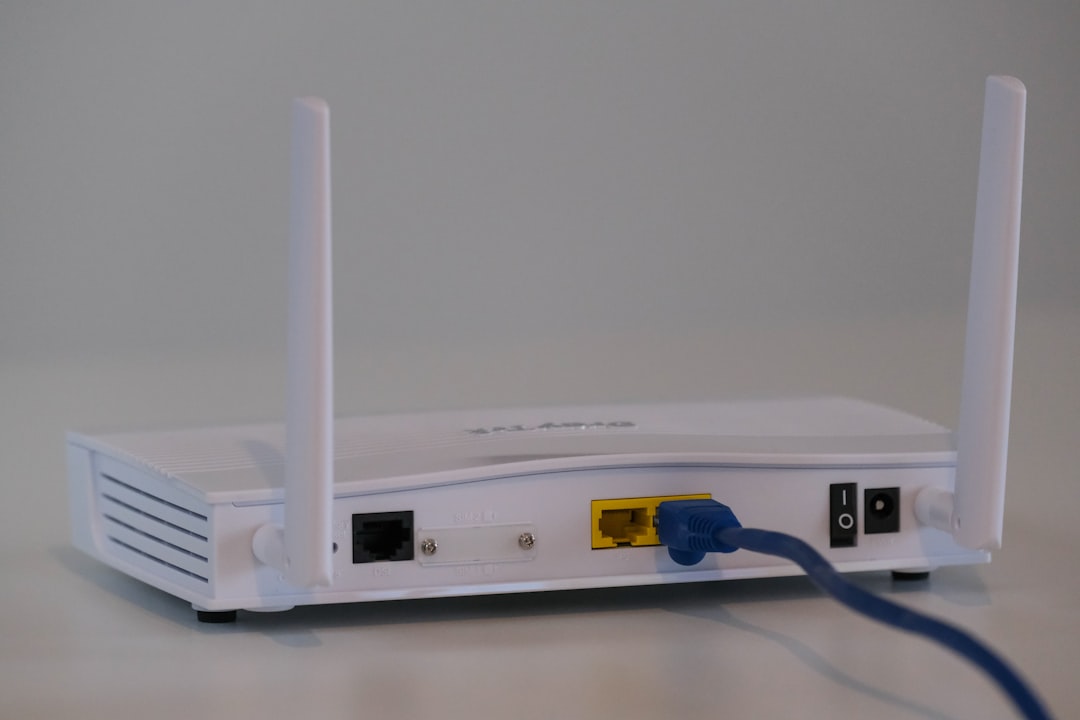Choosing the right cable modem can significantly impact your home internet speed, reliability, and overall online experience. Whether you’re working from home, streaming 4K content, or gaming online, a high-quality cable modem is essential to get the best performance out of your internet plan.
TL;DR:
If you’re looking for a faster, more efficient, and future-proof internet setup, a 24×8 cable modem is a smart investment. It supports 24 downstream and 8 upstream channels, offering more bandwidth and better speed stability. Ideal for households with high internet usage, this modem category reduces bottlenecks and improves performance during peak hours. If your ISP supports high-speed plans, a 24×8 modem ensures you’re getting your money’s worth.
What Does 24×8 Mean?
The term 24×8 refers to the number of download (downstream) and upload (upstream) data channels that a cable modem can simultaneously handle. In this case, it’s 24 downstream and 8 upstream channels. These numbers directly relate to your modem’s ability to transmit and receive data efficiently.
Here’s a breakdown:
- Downstream Channels (24): These channels handle incoming data from the internet to your devices. More channels mean you can download data more quickly and enjoy high-bandwidth activities with less buffering.
- Upstream Channels (8): These deal with sending data from your devices back to the internet. This is crucial for video conferencing, gaming, and cloud backups.

Compared to a basic 8×4 cable modem, a 24×8 model offers significantly more capability. It’s like upgrading from a two-lane road to a multi-lane highway — you can move more traffic simultaneously, reducing the chance of congestion.
Benefits of a 24×8 Cable Modem
Modern internet usage involves multiple devices and demanding applications. A 24×8 cable modem supports these needs, offering benefits such as:
- Faster Speeds: Especially useful for ISPs offering speeds of 300 Mbps and higher.
- Better Stability: More channels mean less fluctuation in speed during peak usage times.
- Improved Upload Performance: With 8 channels for uploads, video conferences and live streams are smoother and more reliable.
- Future-Proofing: As ISPs continue to upgrade their infrastructure, a 24×8 modem ensures compatibility with higher speeds.
- Cost Savings: Owning your modem avoids monthly rental fees, leading to long-term savings.
Is Your Internet Plan Compatible?
Before buying a 24×8 modem, it’s important to verify if your internet service provider (ISP) supports it. Most major ISPs — such as Comcast Xfinity, Spectrum, and Cox — allow the use of user-owned modems, and many support up to and beyond 24×8 configurations.
If your internet plan offers 200 Mbps or more, a 24×8 modem is not only compatible but may be necessary to truly achieve those speeds. It’s a good idea to check with your ISP’s list of approved modems before purchasing.
Top Features to Look for in a 24×8 Cable Modem
While the channel configuration is important, several other features should also influence your decision:
- DOCSIS 3.0 or DOCSIS 3.1 Technology: DOCSIS 3.0 is widely supported and reliable, while DOCSIS 3.1 offers even faster speeds and better efficiency, making it more future-proof.
- Gigabit Ethernet Port: Ensures a fast wired connection for gaming consoles, routers, or desktop PCs.
- ISP Compatibility: Always check for certification or approval from your ISP to avoid software compatibility issues.
- Security Features: Includes support for encryption protocols and frequent firmware updates.

Routers vs. Modems: Do You Need Both?
A modem connects your home to the internet using your ISP’s coaxial line, while a router creates a local area network (LAN) within your home and provides Wi-Fi. Many consumers mistakenly believe a modem alone is enough for Wi-Fi connectivity — it’s not.
When buying a modem, you have two options:
- Standalone Modem: Pair it with a separate router. Offers flexibility and easier upgrades for each.
- Modem-Router Combo: More convenient setup but may limit customization and future upgrades.
For tech-savvy users or those with demanding network needs, using a standalone 24×8 modem with a separate high-performance router is typically the best option.
Top-Rated 24×8 Cable Modems
Here are some of the most trusted and popular 24×8 cable modems on the market:
- Motorola MB7621: Affordable, reliable, and compatible with most ISPs.
- NETGEAR CM600: Known for excellent speed consistency and build quality.
- ARRIS SURFboard SB6183: A veteran in the modem space with a strong reputation.
- NETGEAR Nighthawk CM1200: Offers DOCSIS 3.1 support for greater future-proofing.
All of these models support 24×8 channel bonding and are available at major electronics retailers or online platforms. Be sure to check recent firmware updates and user reviews before purchasing.
Installation Tips
Installing a 24×8 cable modem is easier than you might think. Here’s a quick guide:
- Disconnect Old Equipment: Unplug any previously installed modem or combo unit.
- Connect the New Modem: Attach the coaxial cable from your ISP, power up the modem, and connect it to your router via Ethernet.
- Activate with ISP: Use their activation website or call customer support to register your new equipment.
- Run a Speed Test: Confirm that your internet speeds improve and are in line with your service plan.
Common Myths About Cable Modems
Let’s clear up a few misconceptions:
- “All modems are the same”: False. Modems vary greatly in channel count, speed capability, and features.
- “I need a new modem for faster Wi-Fi”: Not always. Your Wi-Fi speed is largely dependent on your router.
- “Renting from the ISP is easier”: While convenient, it often costs more over time and offers lower performance.
Final Thoughts
For anyone serious about optimizing their internet experience, investing in a quality 24×8 cable modem is a wise choice. It delivers better speeds, more stable connections, and long-term savings over renting inferior models from your ISP. When paired with a strong router, you can enjoy seamless streaming, faster gaming, and reliable work-from-home connectivity.
FAQs: 24×8 Cable Modems
- Q: What does 24×8 mean on a cable modem?
A: It means the modem has 24 downstream and 8 upstream channels, allowing for faster data transfer rates. - Q: Is a 24×8 modem better than 16×4 or 8×4?
A: Yes, it offers more bandwidth, making it better suited for high-speed internet plans and reducing slowdowns during peak hours. - Q: Will a 24×8 modem work with my router?
A: Absolutely. All cable modems connect to routers via Ethernet, making them broadly compatible. - Q: Do I need DOCSIS 3.1, or is 3.0 good enough?
A: DOCSIS 3.0 is sufficient for most users with plans under 1 Gbps, but DOCSIS 3.1 adds future-proofing and advanced features. - Q: How can I tell if my ISP supports 24×8 modems?
A: Check your ISP
